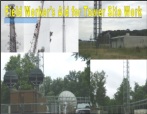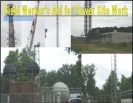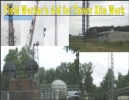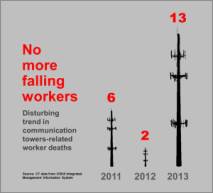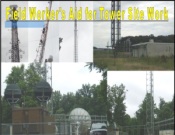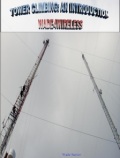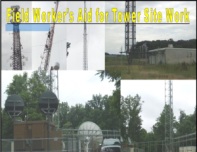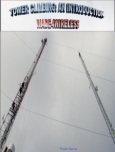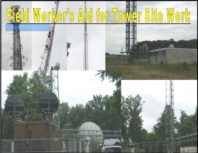Podcast: Play in new window | Download | Embed
Subscribe: Apple Podcasts | RSS
OK, I am hoping to get out another post but it seems I have more research to do. I plan to release something about Wi-Fi and LTE-U for all of you and parlay it into a small cell play. So now that you know that plan, you know what may or may not be out in a month. So for now, with the help of Steve Morin of WhyCom Solutions, http://www.whycom.solutions/, steve@whycom.solutions, who provided me a great checklist for site acquisition that I thought I would share with you. I won’t put out the long list because it is just too much information, TMI. Don’t worry, I have so much more commentary in the podcast.
∑ Learn Wireless! Click me and go there! ∞

I believe that many of you working out there are not sure what all site acquisition teams do. So I thought by reaching out to some of them they could provide a checklist. Let me tell you that it is a tough job because there is so much out of your control. For instance, the lease and loading is up to the tower owner as to how to proceed. They aren’t always going to move quick to accommodate you unless you are a larger customer or they are very slow. The lease involves legal people so that can slow everything down because there are so many “what-ifs” for everyone to hypothesize about. Then there is the permitting and zoning where you are at the mercy of the township or community which may only have a meeting once a month and you may need to show up only to have your paperwork tables because Bob’s hogs were loose in the neighbor’s yard and they had to resolve his issue first. Don’t know what I mean, then you are so lucky you didn’t have to go to that meeting twice. Don’t get me wrong, many townships and cities have a good system where you apply, submit drawings and then you wait for the approvals or changes. By the way, most townships know very little about what should be on a tower, they only know that they don’t like them unless you have a public safety conscious council. They favor towers and wireless.
So where was I, oh yeah, you need to find the site, get the lease, and get all the approvals to get on the tower. Don’t forget you may need to improve the structural quality of the tower, so that may take time and I know it takes money for the engineering design, drawings, and work to be done. Then hopefully you can hang your equipment.
It’s not like this for every build, just most of them. IT used to be fun to deploy, most towers could handle the load, now they are mostly loaded and all the townships want to have a say in what you do.
Learn Wireless! Click me and go there! Ω
Small cells should be easier, but they won’t be. You will be doing more site acquisition at more sites. Hopefully most of the poles you go on will be fine. If you choose to do rooftops then you may still need permitting and zoning along with the lease. All of these need to have lease terms agreed to and signed. Even if you strand mount you need to pay someone to be there.
So, I thought this list would be something that could help you out. Here is the high level checklist for site Acquisition. I have a detailed list, but it is long and full of detail. Let’s start with the high level so you can digest it.
- Site Acquisition Firm:
- Site Acquisition Specialist:
- RF Engineer:
- Site ID:
- Candidate Name:
- Landlord:
- Candidate Address: (Nine digit zip code required)
- Jurisdiction / County:
- Latitude: minute second’ degree”
- Longitude: minute second’ degree”
- Type of Structure:
- Existing Height:
- Height Available:
- Number of Carriers on the Structure:
- Will Structure need to be modified to hold equipment:
- Equipment Space Available:
- Zoning Classification / Process:
- Building Permit Process:
- Directions to Site:
- Property Owner & Parcel # required:
- Power info
- Telco info
No, this is not all of it. What about pictures? It is a good idea to gather as much information as you can. Is this a tremendous help or what?
Subscribe today on iTunes or Stitcher to listen weekly!
Does this help? I’ll bet you thought you knew all of this, and you probably did but chances are you didn’t have the list. Well, now you do!

































